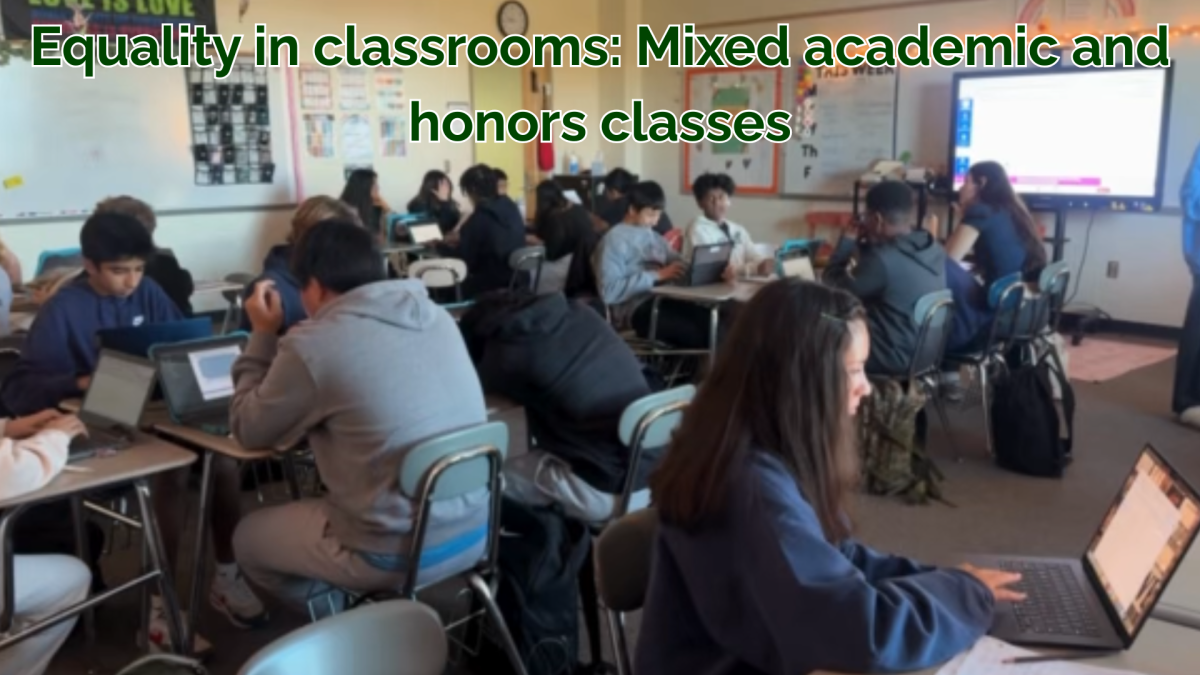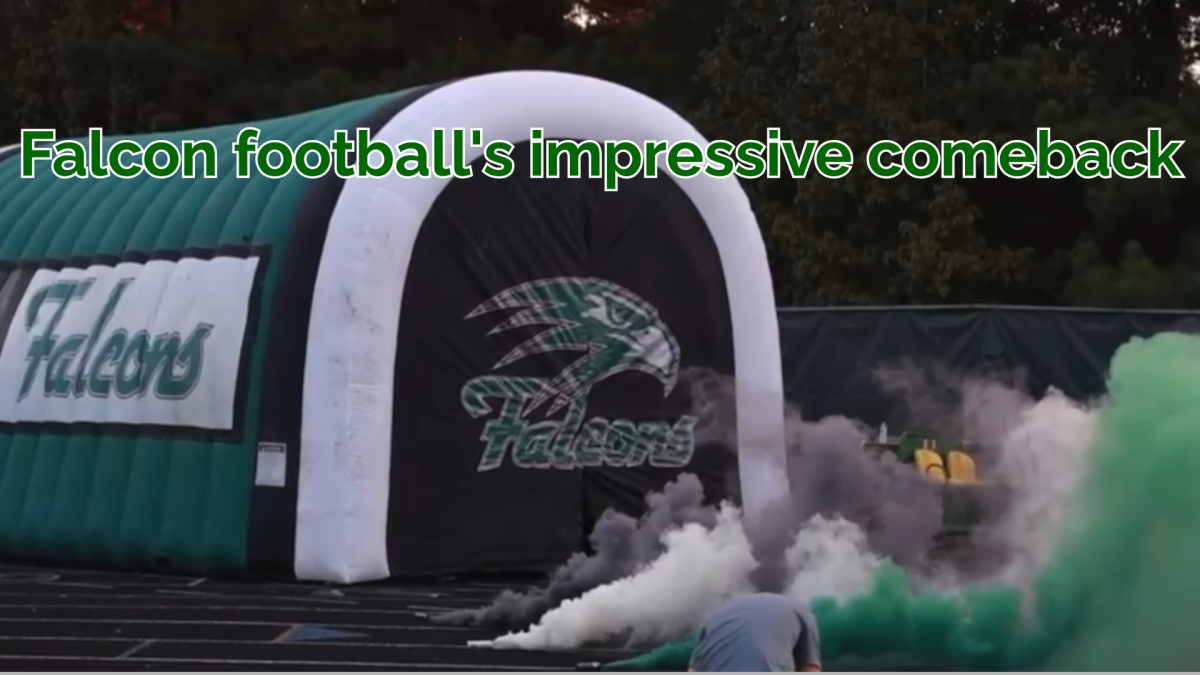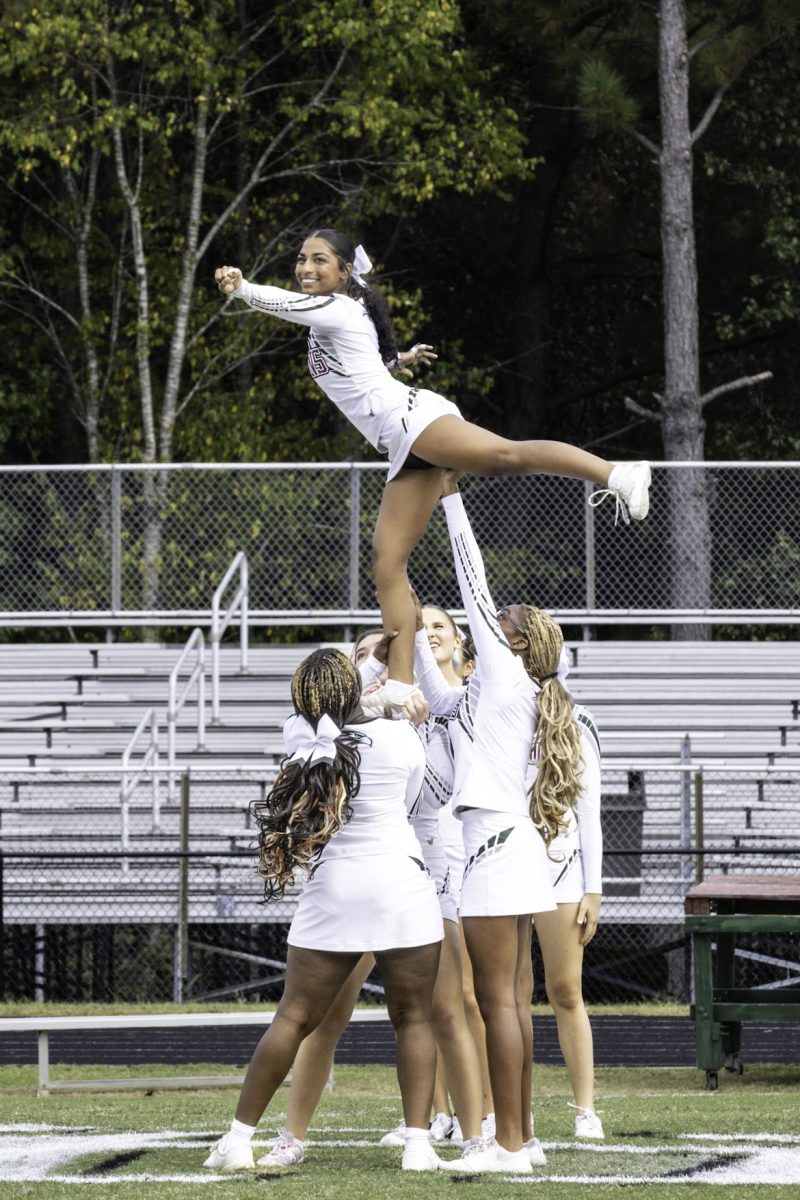⅕ of North Carolina adults are literate at a low level. Since 1840, the skills of reading and writing have maintained importance to a North Carolina student’s education to raise the literacy rates. However, like all things, revisions are needed and the North Carolina Department of Public Instruction (NC DPI) is underway revising the standards for all English classes, kindergarten through twelfth grade. Standards set the requirements for skills students must learn in class. Curriculum are the means by which the skills are implemented and practiced, with local school districts responsible for this decision.

Implementation of the new standards will take place in the 2027-2028 school year. To give schools time to plan and in order to train teachers, an installation phase will begin Jan. 2026 and run until Aug. 2027. Currently, the new English standards are on draft three of four.
The only high school English class assessed by the state is English II. Lea Tomkanska (‘28), feels “English II is in a really good spot.” However, she hopes policymakers “look more into [implementing] vocab” with the new standards because “the class is really focused on reading comprehension.” Thus a balance needs to be struck between developing vocabulary and reading comprehension skills.
Reflecting on middle school classes, Tomkanska thinks more rigor needs to be incorporated as they, “Are too easy in a way, and I don’t remember the last time I had to worry about an English class.” The lack of rigor in middle school English classes is a known problem of certain policymakers, including members of the North Carolina General Assembly. Senators Lee, Corbin and Overcash sponsored Senate Bill 507, which passed unanimously 46-0 in the State Senate. The bill provides for automatic enrollment in higher levels of English classes in middle school for advanced students.
For Nathan Vo (‘28), the means students interact with texts is just as important as the texts themselves. “I just did a seminar,” Vo explained, “And I think those are really insightful because it helps you to think about the book deeper and it gives you a reason to read the book so you know more about it.” The new standards propose text to be categorized under “written and spoken.” The “spoken” piece includes students performing exercises and interacting with texts orally as Vo encouraged.
Ultimately, the role of implementing standards rests upon educators in the classroom. Ms. Jacobs, an English teacher here at Green Hope shared her expectations and hopes for the standards. “Sometimes, the standards don’t give room for development,” Ms. Jacobs reflects, “They only give how it should be practiced, and the expectations that students are supposed to be meeting.” One of the ways students develop their English abilities is through texts. English IV traditionally is filled with classic literature, such as Frankenstein. However, the new standards aim to introduce additional areas of text in addition to literature, particularly STEM and art. Students get to decide which type of text they “specialize in.”
Ms. Jacobs favors the change. “Adapting texts to be more fitting to students to their lifestyle and the choices they want to make is so influential,” she said. “I know for a fact that if I was reading books in my English class that actually applied to what I was trying to do and the choices I was trying to make I would have loved English so much more.”
Feedback on draft 3 of the standards are being gathered and the final version is to be released to the State Board of Education for discussion in Dec. 2025, with adoption in Jan. 2026. Students and teachers have a diverse range of thoughts and opinions for what the new English standards should entail, and are among a key group of stakeholders that are going to be affected by the new standards.













































































